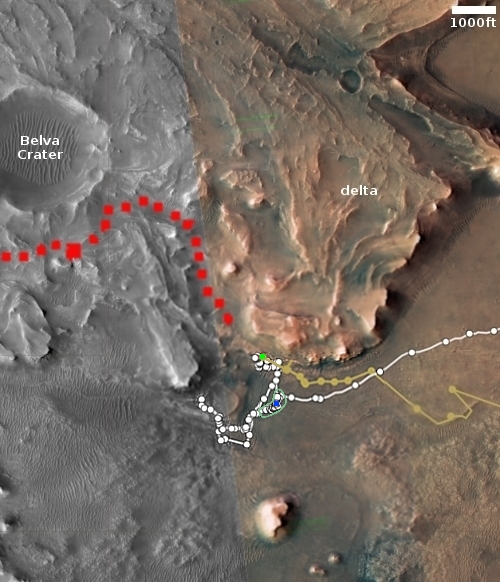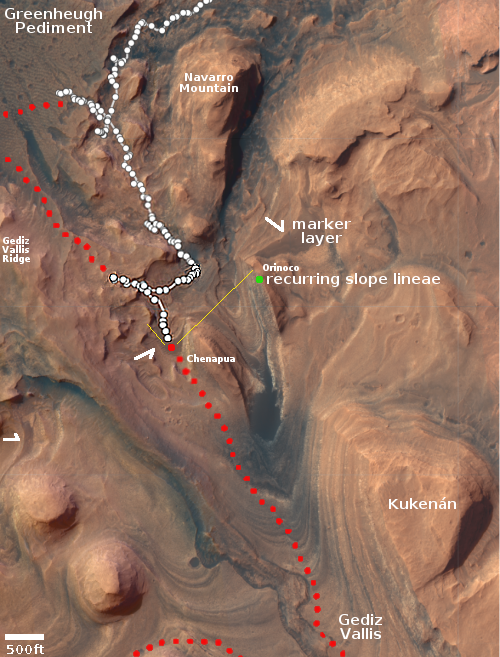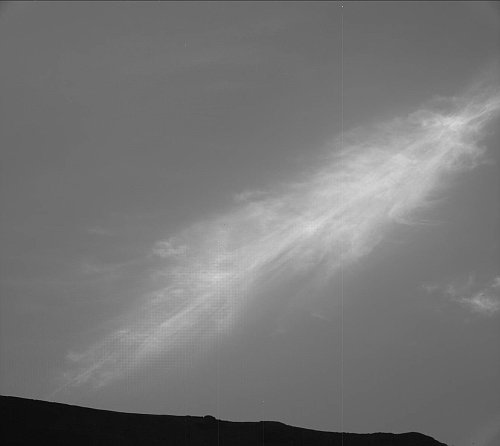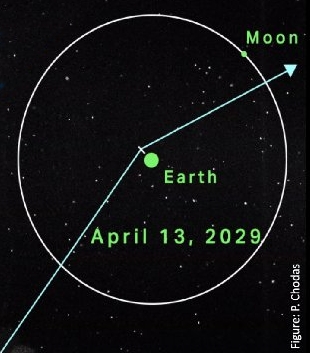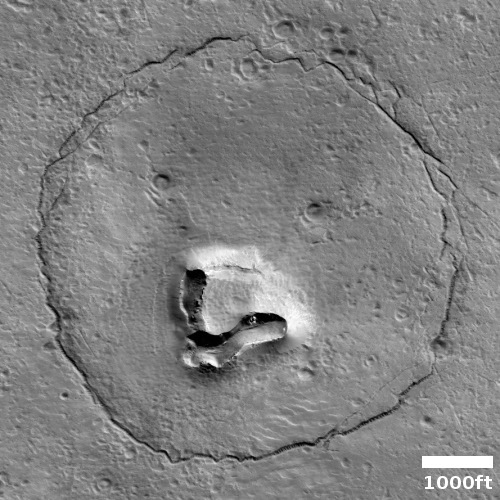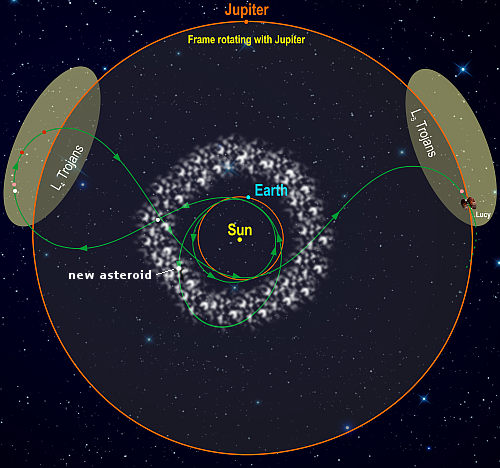Webb instrument back in operation
Engineers have returned NIRISS, the near infrared spectrograph instrument on the Webb Space Telescope, to full operation after rebooting its software and determining the cause of the problem.
On Jan. 15, NASA’s James Webb Space Telescope’s Near Infrared Imager and Slitless Spectrograph (NIRISS) experienced a communications delay within the science instrument, causing its flight software to time out. Following a full investigation by NASA and Canadian Space Agency (CSA) teams, the cause was determined to likely be a galactic cosmic ray, a form of high-energy radiation from outside our solar system that can sometimes disrupt electrical systems. Encountering cosmic rays is a normal and expected part of operating any spacecraft. This cosmic ray event affected logic in the solid-state circuitry of NIRISS electronics known as the Field Programmable Gate Array. Webb engineers determined that rebooting the instrument would bring it back to full functionality.
After completing the reboot, NIRISS telemetry data demonstrated normal timing, and to fully confirm, the team scheduled a test observation. On Jan. 28, the Webb team sent commands to the instrument to perform the observation, and the results confirmed on Jan. 30 NIRISS is back to full scientific operations.
Engineers actually have a name for such cosmic ray incidents that effect software. They call it a bitflip.
Engineers have returned NIRISS, the near infrared spectrograph instrument on the Webb Space Telescope, to full operation after rebooting its software and determining the cause of the problem.
On Jan. 15, NASA’s James Webb Space Telescope’s Near Infrared Imager and Slitless Spectrograph (NIRISS) experienced a communications delay within the science instrument, causing its flight software to time out. Following a full investigation by NASA and Canadian Space Agency (CSA) teams, the cause was determined to likely be a galactic cosmic ray, a form of high-energy radiation from outside our solar system that can sometimes disrupt electrical systems. Encountering cosmic rays is a normal and expected part of operating any spacecraft. This cosmic ray event affected logic in the solid-state circuitry of NIRISS electronics known as the Field Programmable Gate Array. Webb engineers determined that rebooting the instrument would bring it back to full functionality.
After completing the reboot, NIRISS telemetry data demonstrated normal timing, and to fully confirm, the team scheduled a test observation. On Jan. 28, the Webb team sent commands to the instrument to perform the observation, and the results confirmed on Jan. 30 NIRISS is back to full scientific operations.
Engineers actually have a name for such cosmic ray incidents that effect software. They call it a bitflip.







